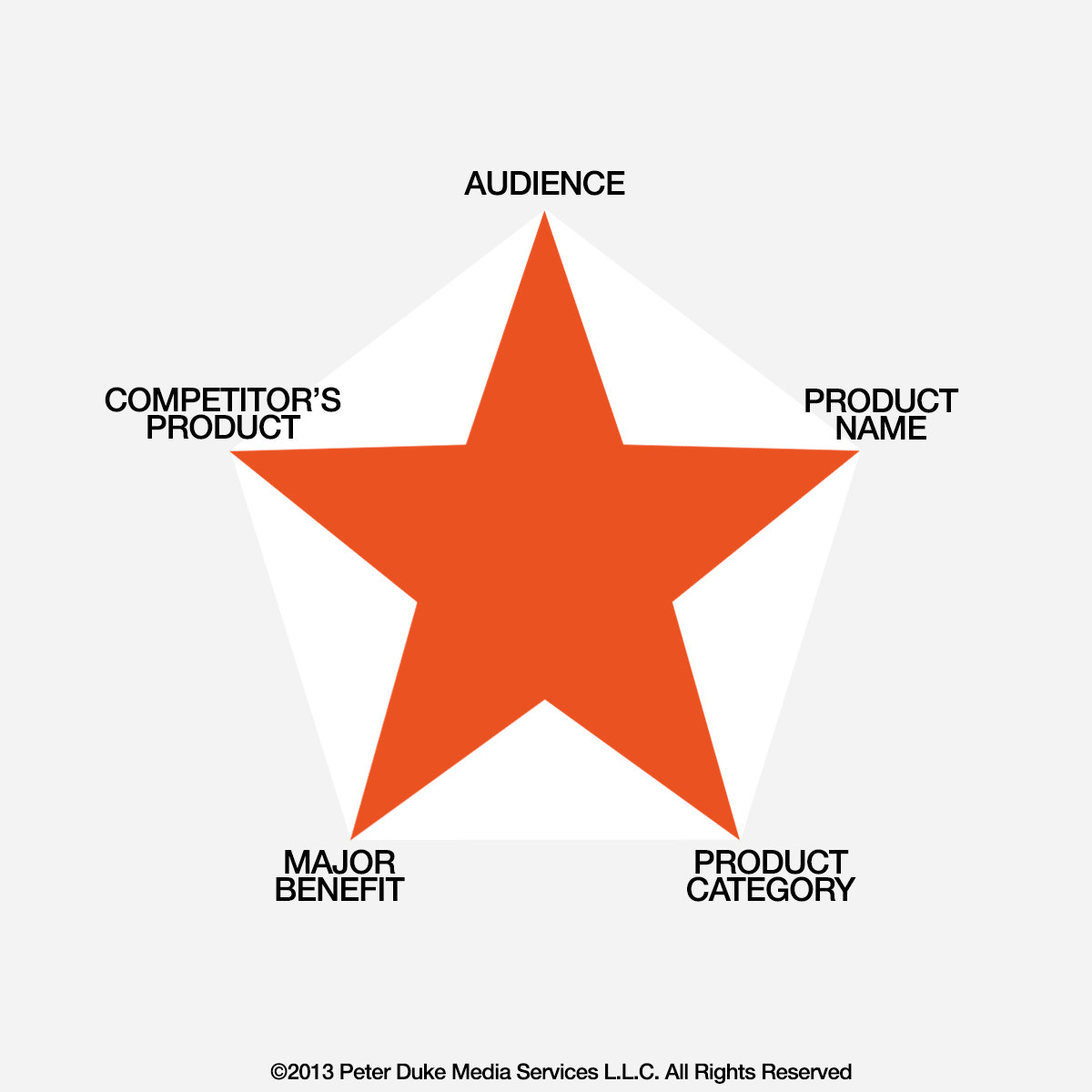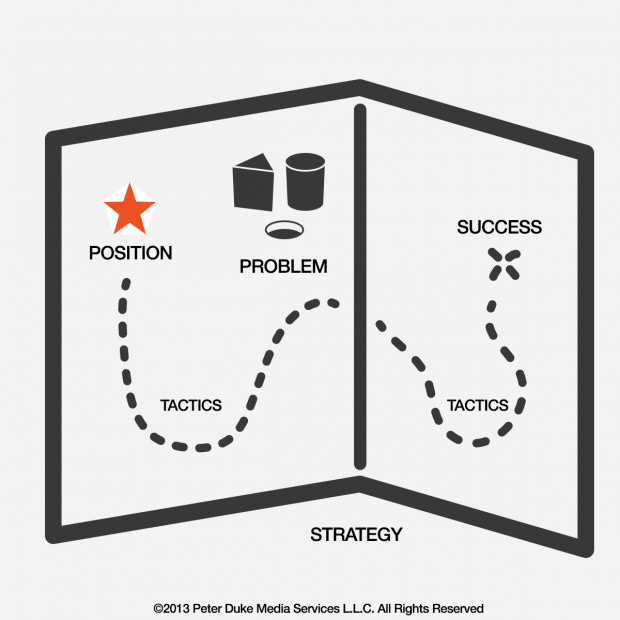7 Things You Need To Understand To Make Your Creative Project A Success
Blast From The Past
I wrote this post over 20 years ago, and it has been living on LinkedIn for the past 17. I thought it might be a good idea to put all my stuff in the same place, for people to find, and (for now), SubStack seems to be that place. I’ve also just changed the title from “know” to “Understand",” because I’ve come to believe that knowing is the enemy of thinking. (TBH, I did use otherwise use the word twice).
Background
In 1995, a talented Creative Director named Michael Von Hulsebus (RIP) turned me onto an article in Communication Arts magazine by Hugh Dubberly that changed my entire approach to Design and project management. Dubberly presented a series of frameworks that he uses for managing a process that many see as some voodoo or black art.
Enterprise Neurosis
My baptism into creative direction started with the birth of the World Wide Web. A neurosis is a problem from one’s past, that controls one in the present. In the 1990s, the Internet with all of its inherent promises looked to be a panacea for many enterprise problems. In an attempt to design and build a website for an organization, the constituent stakeholders often assume that the “Internet” can solve their departmental problems.
Often, a “web designer” is forced into a situation of facilitating the disambiguation, bopping between different stakeholders, trying to build consensus, and acting as an enterprise psychiatrist. Not unlike the Jain fable about the Blind Men and the Elephant, marketing will describe what problems are to be solved, operations another, sales another and so on. So, if one is not careful, it is possible to fall into a political trap set by the culture of an organization.
That is why the discovery of an old Procter & Gamble Positioning framework in Dubberly’s article was such an important discovery in my career. Positioning is a framework that forces stakeholders to agree on the creative intent of a work product. However, before you can get to Positioning, you have to start with the “Problem” and success criteria.
1. Define the “Problem.”
The “problem,” or unmet need is the thing that your solution is going to fix. It is the thing that you must overcome, or get around to achieve success. It may sound obvious at first, but many times if you get stakeholders in the room, they may not agree with what the project is supposed to do. For example, if you are building a website, the operations folks may have very different goals than the marketing folks, so getting consensus on the problem is pretty significant. Dubberly says “Failure to get “buy-in” from all the right people at this stage creates the potential for trouble later in the process.”
2. Define “Success.”
Defining success criteria means coming up with meaningful metrics to figure out if your solution is achieving what it set out to accomplish. Sometimes it can easy, in the case of e-commerce, it might be selling x amount of something over y time. Sometimes you get projects that have goals that might be hard to measure. For instance, when I was involved in designing interactive exhibits for a museum, the goal was to get people to “think more sustainably.” In the end, the benchmark that we came up with was “will people turn off the water, when they are brushing their teeth after visiting these exhibits.” We figured that we could set up surveys and do a pretty good job of determining our impact with a simple measure of a ubiquitous behavior.
“Positioning” ( 3-7 )
Five of the seven points are Positioning: Audience, Name, Category, Major Benefit, Competition.
The key elements of Positioning are:
Audience
Product Name
Category in which the product competes
Major Benefit of the product
Competitor’s Product
Positioning Statement Template
Litmus Test: The P&G Positioning Statement Template as defined by Dubberly:
For [ the audience], [our product’s name] is a [category in which our product competes] that provides [the major benefit of our product] unlike [our major competitorʼs product].
The genius of this formula is that the five constituent parts are inextricably connected to one another. To modify one component, you must consider the impact and logic of its relationship to the other four components. The key concept is that you need to play in-the-lines; you cannot break the formula, and to be as concise as humanly possible.
Often, stakeholders have part of the positioning figured out, but not all of it; and many times stakeholders are not in agreement, (and don’t know it) so this process allows a facility for consensus building.
How Long Does It Take?
Every minute spent on positioning will save hours (or days) in design, development, and production.
In the case where the stakeholders in a project are in alignment, the problem completely understood, and the five components are well defined, consensus can happen very quickly. This almost never happens, so plan according to the cohesiveness of the team. The time spent on positioning is a fantastic indicator of the drive, determination, team dynamics, culture and politics of an enterprise. A long, drawn-out positioning exercise is a sign that the stakeholders had differing opinions and hammering out those differences, upfront means not having to spend expensive production dollars later, so don’t get discouraged, but do get consensus that nailing down the positioning is a requirement for moving forward.
It is a natural tendency if the process bogs down is for someone to suggest moving forward without it (usually someone looking a calendar with a launch date and a marketing plan). Push back against that tenancy. Not being able to complete a positioning exercise is a good data-point too… it usually indicates that the project will fail.
Audience
Who’s going to use this thing that we are creating? Try to be as accurate as possible. It is not possible to be too specific regarding the audience. Many entrepreneurs get caught up in new ideas and perceived ground-breaking products and will try to make overly broad assumptions about the audience. Drill down. In the case of software, many experienced designers use a persona, a specific individual with a complete personal profile.
Name Of The Product
From the outset, this is probably the least important component, because proper names often connote meaning associated with the other four elements and it may not be possible to come up with a correctly positioned name without nailing those other four down. The days of someone grabbing a domain name and building a business around it are gone, but that does not stop anyone that has a good idea. Define the idea first, and a good name will come soon enough.
Category In Which The Product Competes
Defining the category correctly can make or break a product. For example, it may not seem obvious to most, but a garment manufacturer might choose between the categories of young women’s inexpensive ready-to-wear clothing or young women’s fashion. Clothing or Fashion, what’s the difference? Companies in the clothing business sell garments, whereas businesses in the fashion business sell a dream that is fulfilled by those garments. The differentiation can have huge impacts on the audience, name, major benefit, and even competitors. The classic example of an industry that misunderstood its positioning is the American railroads: If they had considered themselves “transportation” enterprises instead of iron-rail transportation enterprises, United Airlines might be named Union Pacific.
The Major Benefit
What is our product going to do better than our major competitor’s product? This is where the rubber meets the road. What are the qualitative and quantitative reasons that this product is going to be better than our competitor’s product, in the product category that we are competing in? Don’t use any marketing hyperbole; this component needs to be tight and concise. Make use of every word and don’t include anything that does not need to be there. Many times the major benefit becomes a catch-all for all the loose ends. If it starts to get ungainly, make sure that the other components are not creeping in. If your positioning statement is turning into a run-on sentence, it is usually because the major benefit is filling up like the kitchen sink. In the case of competitive commodity products, brand values may wind up being the major benefit. e.g. Virgin brands compete in commodity marketplaces by establishing the Virgin brand itself as the differentiator. The brand values of choice, authority and “brilliant basics” are a major benefit and are applied across all Virgin brands to ensure that whether you are talking about a mobile phone or an airline, the customer experience is the same (both are commodities).
The Major Competitor’s Product
Every product has a competitor in the marketplace of ideas. Even a brand new concept in a brand new category has to gain acceptance by an audience. Defining the competition can be a challenge sometimes, because the competition may exist in places that were not considered. It may not seem to be ideologically proper for a charity like the Red Cross to think of the American Cancer Society as a competitor, but in a finite marketplace of charitable donations, they are fierce competitors.
Putting It All Together
I usually split a whiteboard into three areas; on the left, I write the creative problem(s), on the right the success criteria and in the middle, positioning. In a perfect world, each would be complete ideas that build upon one another, but in a practical situation, where consensus is the ultimate goal, it is more of a ping-pong game. As the components of positioning, the creative problem and the success criteria are all inextricably connected. Changes to any component require an analysis of the impact on all the other components.
Starting can be difficult, so I usually just guess, assuming that I might be close in some areas. If the assumptions are wrong, it is not very long before a stakeholder will pipe up describing their problem with the assumption. Often the stakeholders will begin to discuss or argue points among themselves allowing me to synthesize the comments and modify the items written on the board. They will get into a heated conversation and look up to see all their cogent points are now reflected on the board. Magic! Smartphones are great because you can snap a photo of a board and erase at will. Later, you can collect the snapshots to refer to the progress.
Deliverables
The end game is a strategy in the form of a Creative Brief that outlines and details the findings including a problem definition, positioning and success criteria. Once those components are dialed in, and there is a consensus from all the stakeholders, then the real creative solution work can begin. Armed with a mission (solving a specific problem), a rationale (positioning) and a goal (success criteria), multidisciplinary teams can approach problems from complementary angles of attack, delivering results that are in alignment with overall goals.
Conclusion
Once I started using this process, it became my default. The only thing worse than not having an answer to a problem is not having a question that leads to a solution. With these concepts in my back pocket, I have been able to deliver consistent results across a broad spectrum of creative problems that clients are happy with. Now it is your turn. Let me know what you think!






For the sociopathic oligarchy, "DemocracyTM" is a control structure that provides an ameliorated, pacified, easily controllable mob unlike overt violent totalitarianism.
I think this was a lovely break from our oppressors man. Thanks Peter